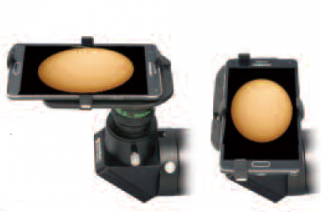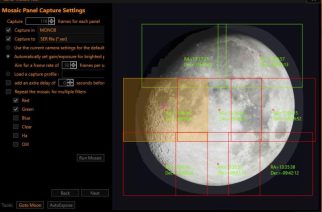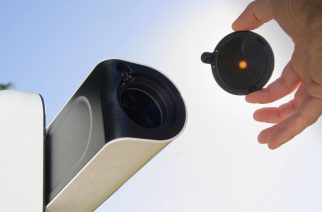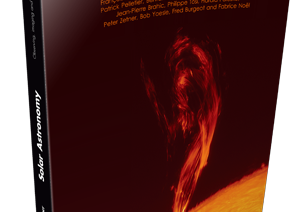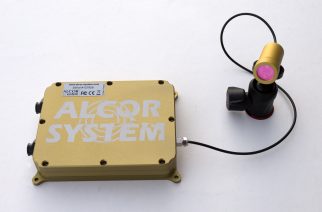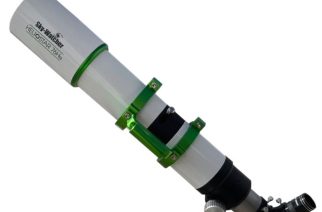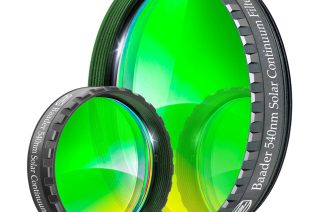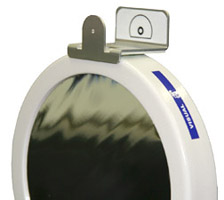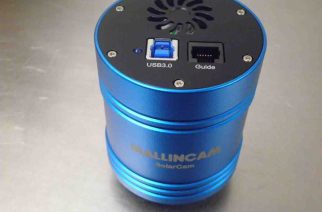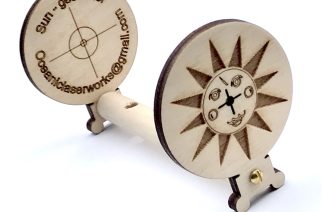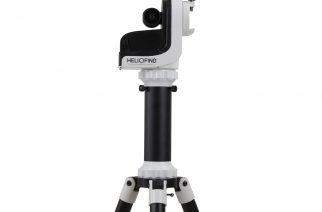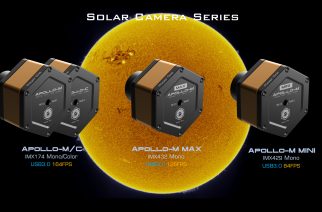Imaging the Sun with a smart phone is something anyone can do. Virtually everyone has a smartphone or other smart devices (iPads, etc.) that offer the ability to take images, video and even time-lapse video. Imaging the Sun with a smart phone or another smart device without any additional filtering […]
News
SharpCap Solar and Lunar Mosaic Tools
SharpCap’s Solar and Lunar Mosaic Tools offer an easy-to-use and powerful solar camera capture tool. It can be used with dedicated astronomy cameras, webcams and USB frame grabbers. A wide range of features makes SharpCap suitable for many types of astro-imaging including Planetary, Lunar, Solar, Deep Sky and EAA (Electronically […]
Vespera Solar Filter
The Vespera Solar Filter adds to the versatility of the Vespera observing station by providing the ability to observe the Sun. The filter allows you to observe sunspots that show the intensity of the Sun’s activity. When using the Vespera Solar Filter with Vespera’s Solar Mode you can observe the […]
Solar Astronomy: Observing, Imaging & Studying the Sun
The book “Solar Astronomy: Observing, Imaging & Studying the Sun” is a revised and extended English translation of the French book “Astronomie Solaire” which has been a great success in France since 2018 and has been translated by Ken M. Harrison and Peter Zetner. The goal of the book is, […]
Continuous Solar Seeing Measurement System
Alcor-System’s Continuous Solar Seeing Measurement System (CSSMS) was designed to measure the Sun’s scintillation and compute seeing figure equivalents. It can be combined with all of Alcor-System’s Sky cameras and nighttime seeing monitors. Turbulence (or seeing) is a great concern when recording images of the sky because it can jeopardize […]
Sky-Watcher Heliostar 76
The new Sky-Watcher Heliostar 76 is a dedicated 76mm f/8.3 hydrogen-alpha (Hα) solar telescope designed to provide detailed views of the Sun’s dynamic chromosphere. By isolating the Hα wavelength at 656.3 nm, it allows observers to witness solar phenomena with exceptional clarity. Hydrogen Alpha (Hα) solar telescopes are specialized instruments […]
Baader Solar Continuum Filter
The Baader Solar Continuum Filter is a narrowband photosphere filter for solar observation in white light providing the highest contrast in the photosphere of the sun. The filter is a perfect fit for owners of achromatic refractors. This narrowband filter cuts the spectral range where lens optics draw sharpest and […]
Kendrick Solar Filters
Kendrick Solar Filters are available in a design that offers a built-in sunfinder making centering the sun in your eyepiece a snap. The finder target is visible from both the front and back sides of the filter making centering the sun easy from either end of the telescope. Filters attach […]
MallinCam SolarCam
The MallinCam SolarCam video imager is part of the the MallinCam SkyRaider family of astronomical video cameras. It includes a Sony Starvis sensor to deliver the increased sensitivity needed for astronomical observation and imaging of the sun. The SolarCam is ready for the most demanding applications in video astronomy, excelling […]
Sun-Geometer Sun Finder for Telescopes
The Sun-Geometer Sun Finder for Telescopes is a unique, purpose-built accessory to mount on your telescope to help view the Sun. It is designed to be esthetically pleasing as well as functional. The Sun-Geometer Sun Finder for Telescopes was created by Bob Schalck, an optical research engineer who, for over […]
Sky-Watcher SolarQuest Mount
The Sky-Watcher SolarQuest mount offers a highly portable and easy to use mount for Solar observers and eclipse chasers. You no longer need to worry about aligning your equipment the night before or the early morning. The SolarQuest mount is designed to automatically align itself to the Sun with only […]
Player One Apollo Solar Cameras
The new Player One Apollo Solar Cameras come in four configurations using different sensors for solar imaging. These include: – Apollo-M MAX: A monochrome camera with the Sony IMX432 1.1 inch sensor. This camera offers a 9um pixel size which accommodates a well depth of 100ke with a total of […]


